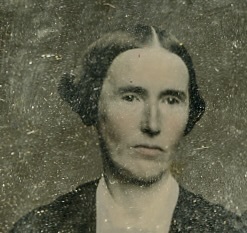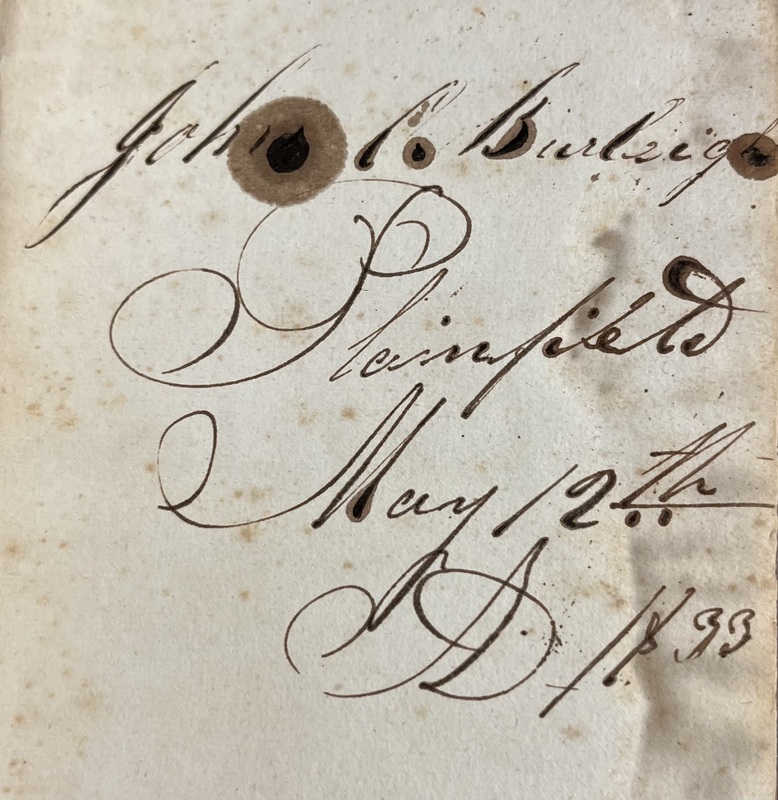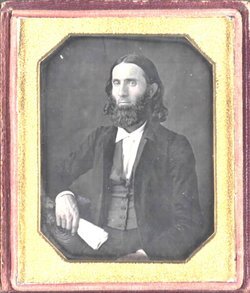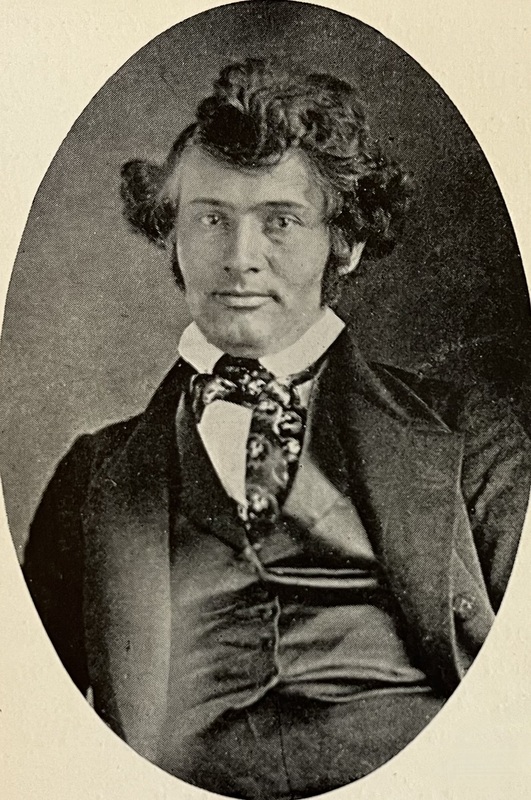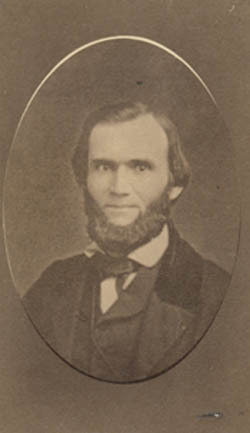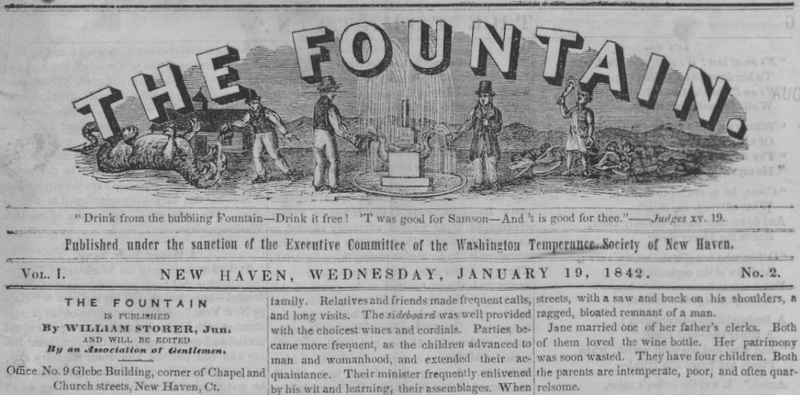Seven Core Siblings
The reputation of the Burleighs, as a family, preceded them. In Cyrus's journal, he mentions his first real meeting with Abby Kelley in 1839 in Millbury. He "called on Abby Kelly...she appeared to be very glad to see me when she found that I was a Burleigh" (emphasis added). Cyrus Moses Burleigh, Journal, entry of April 27, 1839.
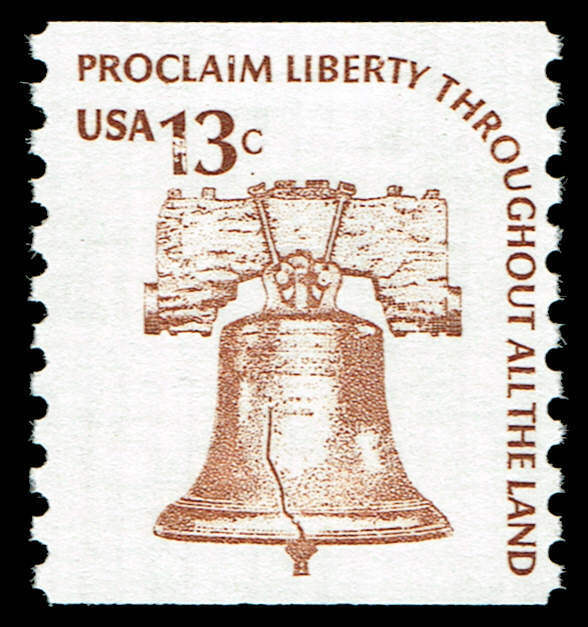
The Liberty Bell received its name from the Abolitionists, who drew a link between the equalitarian language of the American Revolution and the need to make that rhetoric "ring true" by ending slavery.
The "Core" Generation:
Seven Burleigh siblings born between 1808 and 1822.
The seven core siblings were well-placed in both age and location when Abolitionism rocked the quiet northeastern corner of Connecticut's Windham County, with the 1833-34 furor over the Academy for Black women students, run by Prudence Crandall in Canterbury. Of the siblings, Mary (25 years old), Charles (23 years old) and William (21 years old) all took direct action in relation to this controversial school. Their other siblings were likewise impressed by the events in their vicinity. John was a charter member of the Plainfield Antislavery Society, and Lucian indicated that the sight of the Negro Pew in the Congregational Church was one of the signal events that turned him into a committed Abolitionist.
All seven of the core siblings took early and decisive action in favor of Immediate Abolition. They were not cautious about this, making themselves highly visible in the cause - all of them were either speakers, published authors, or anti-slavery society officers. The Burleighs were neither tepid nor timid, neither prevaricating nor equivocating.
The thumbnail biographies of the Seven Core Siblings are placed in their birth order (excluding the two children who died in infancy).
On a related note, it is delightful, when next you are thirsty, to know that the ubiquity of public water fountains is a gift we owe the Temperance movement!



